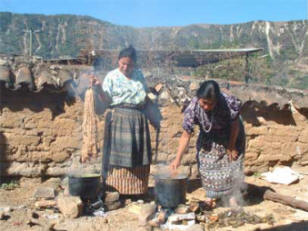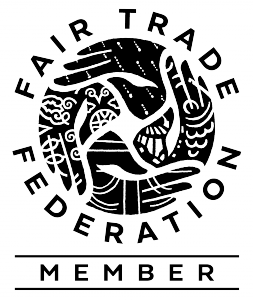Natural Dye Textiles







For the Tz'utujil weavers of San Juan la Laguna, the process begins with growing and harvesting plants and then boiling their parts to release each plant's unique color properties. Thread to be dyed is first soaked in a boiling solution of banana bark. This step "fixes" the thread to hold the colors that will later be applied. The thread is then "cooked" in a pot with parts from the tinting plant until the desired degree of color is acquired. The dyed thread is next hung out in mass to dry. Afterward it is untangled with the help of a "carrete", a wooden device with a large spindle that revolves around a vertical axle. The thread is manually wound around the spindle as it is being untangled. The thread is then unwound and mixed with thread of other colors on another device called an "urdidora" to form a pattern of thread for the weaving process. The amount of selected threads and the sequence of their placement on the urdidora is a carefully planned consideration that varies significantly with each weaving project.
sacatinta - blue pimienta - brown or peach pericon - yellow or gold achiote - orange lema - brown

